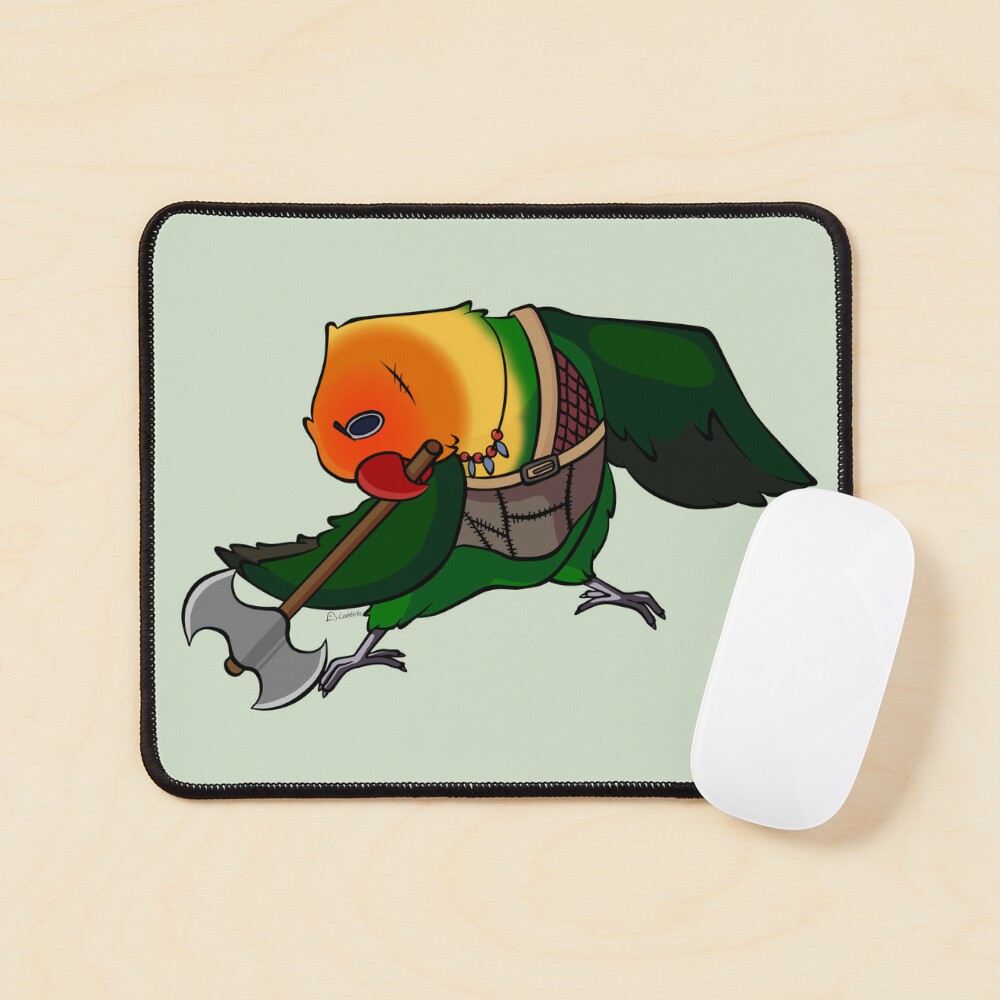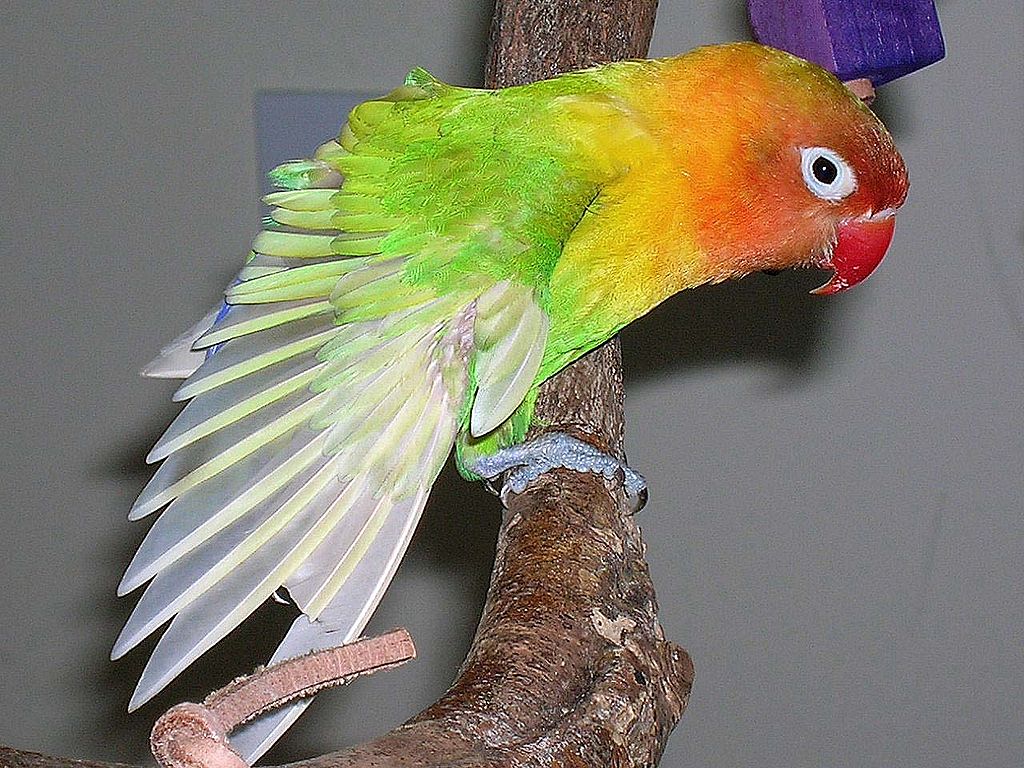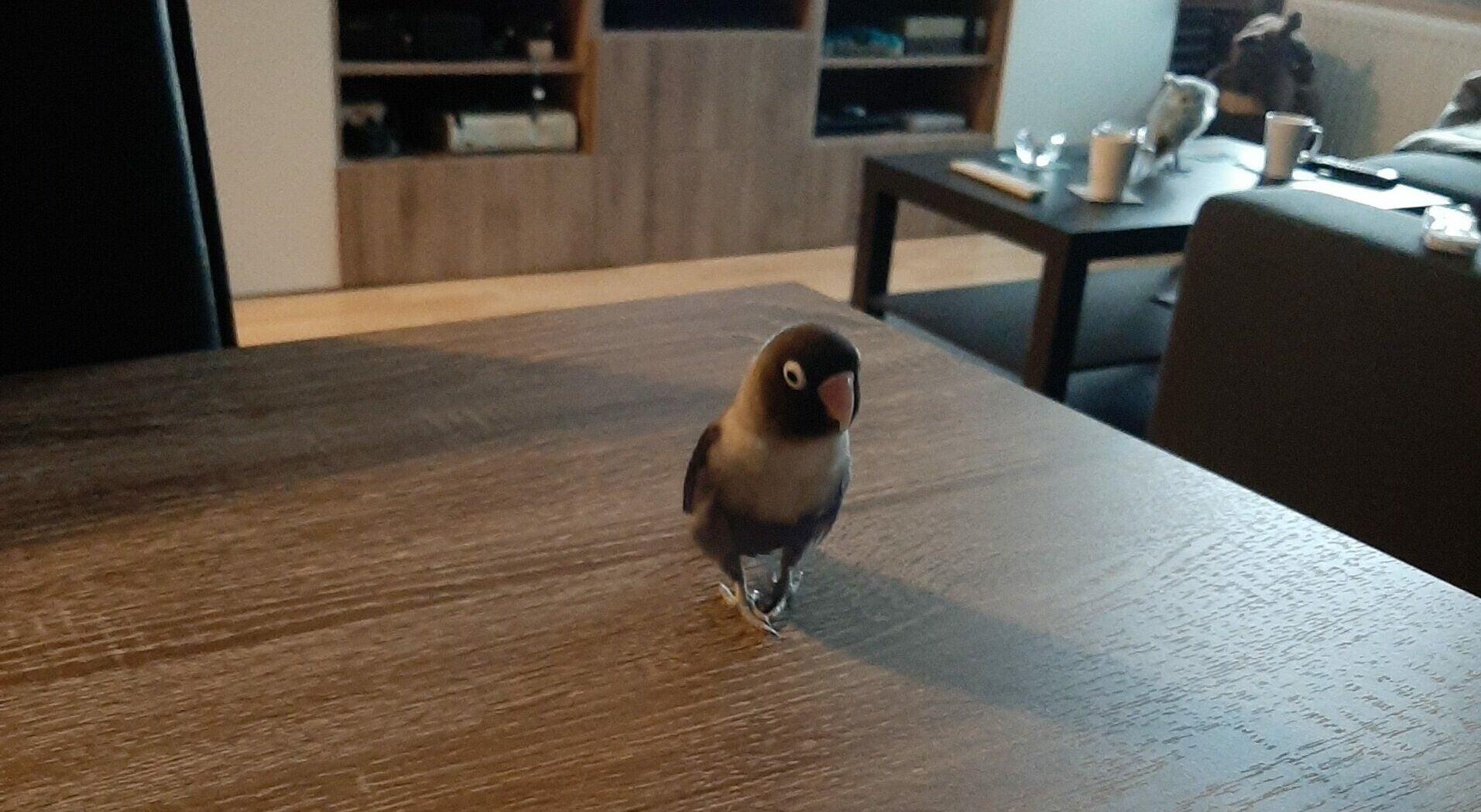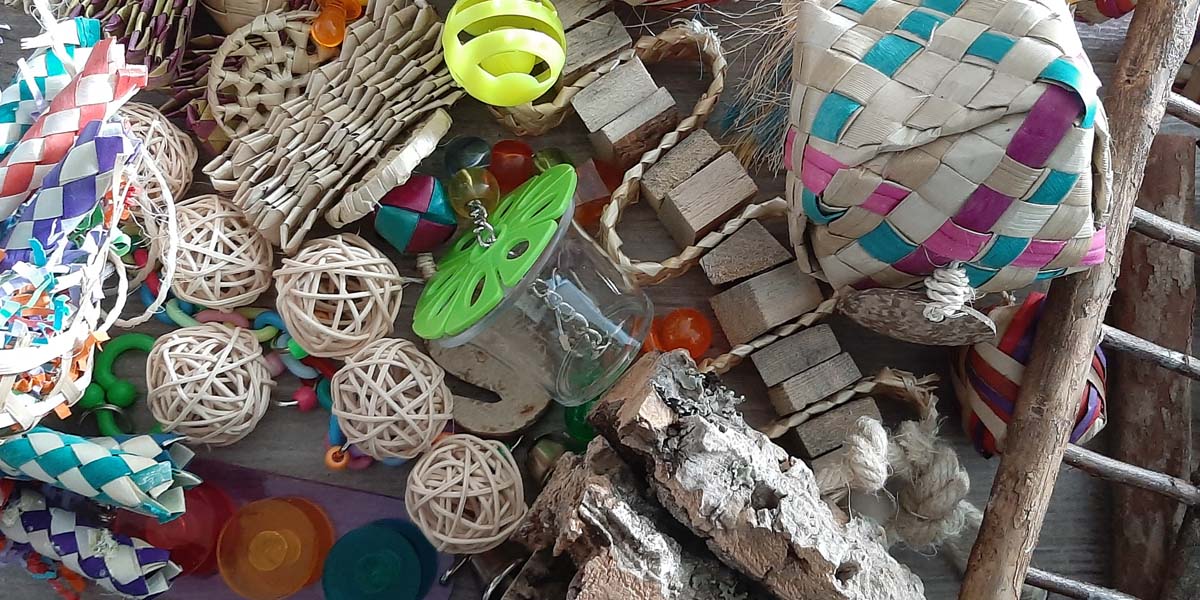Does a lovebird need gravel or grit?
For a healthy bird you need to feed it a healthy diet. When I got my lovebird Apache back in 2019 I dove into some research of what that actually meant. One of the questions I had was if my lovebird needed gravel or grit, as it is supposed to help them with their digestive system.
Turns out a lovebird, being a parrot, does not need gravel or grit, as they have a strong beak to crack open seeds when they eat them. Additionally, a lovebird’s diet in the wild mostly consists on fruits and vegetables, not seeds.
But do not forget that grit usually comes with calcium as well, something your lovebird does need.
What is grit exactly?
In the early months of owning Apache I read a lot of things about having birds as pets in general. I had absolutely no clue what grit was.
Grit is ground up minerals and sand. However, it is not just the sand you can find in your garden. The sand is specially made for birds so that it cannot harm you lovebird if ingested.
Different types of grit that are available
There are two types of grit; soluble (dissolves in the digestive system of your bird) and insoluble.
The most popular form is soluble. This grit is based on oyster shell, cuttlebone, limestone and gypsum. This will provide your lovebird with calcium and other minerals. It will provide your lovebird with its calcium and mineral needs. What it doesn’t really help with is aiding your bird digestion of whole seed.
Shell sand, the kind that is sold to cover the bottom of your lovebird’s cage with is some form of this type of grit. The kind I was using had oyster and seashell bits in it as well as special white sand.
Insoluble grit is consist of a form of silica with sizes that range from sand to small pebbles (stomach grit). This grit will remain in the gizzard to grind down food and eventually will end up in their stool.
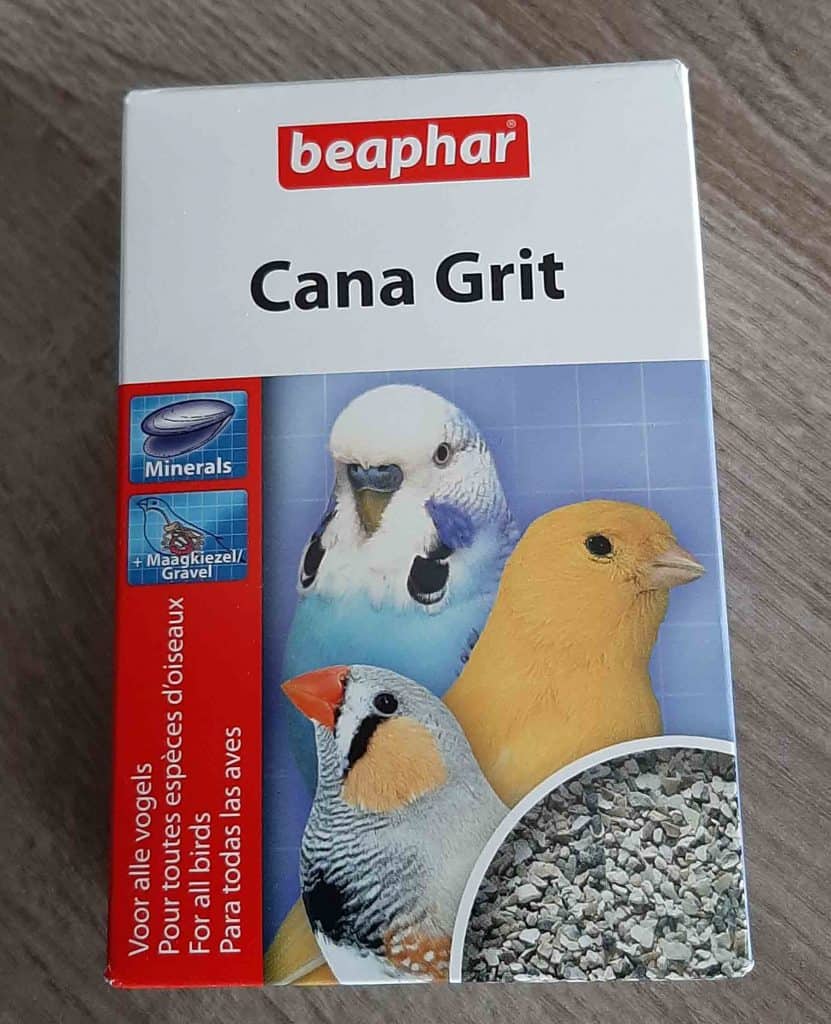
Why did we think lovebirds need grit?
The digestive system of a bird is completely different compared to that of a human. A bird’s stomach comprises of a proventriculus and a ventriculus (also known as gizzard). The gizzard is the part that is responsible for grinding down food.
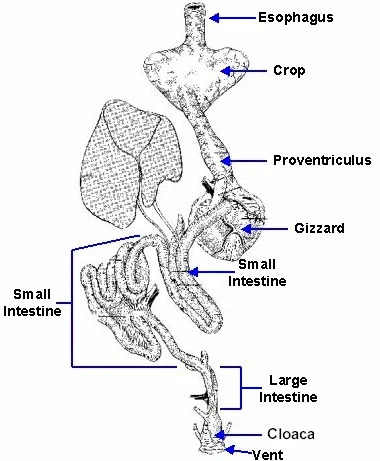
The theory of pet birds needing grit was based on finding grit in the gizzards of wild birds. Most wild birds however pick these up when foraging for food.
Why lovebirds don't not need grit
Birds that have a mainly seed based diet will benefit from eating grit. As they often are unable to remove a seed from the hull.
Lovebirds, and parrots in general, will crack open seeds before eating them. My bird Apache will often leave a mess of discarded seed shells, somehow managing to always throw them out of her cage.
By first opening the seeds, the hard shell of the seed is gone. With out this hard shell the digestive system of your lovebird can easily grind down these seeds without the need for grit, especially when your lovebird eats only pellets or fruits and vegetables, it does not need grit or gravel.
What you also need to take into consideration is that the diet of a pet bird is very different compared to that of a wild bird.
The risks that come with giving your lovebird grit or gravel
Depending on the kind of grit offered, it is not always digestible and when your lovebird eats too much of it, it will cause a blockage of the crop, ventriculus or proventriculus (the area between the crop and the gizzard). Often the bird will stop eating because of this blockage, eventually starving to death.
Oyster shell grit may also cause problems if they are not properly collected. In past incidents there has been lead contamination from this kind of grit.
There is also grit that is based on charcoal. Avoid this type of grit at all costs. Charcoal can inhibit the absorption of vitamins such as A, B2 and K.
How to safely give your lovebird grit
- Only give your lovebird soluble grit of high quality and safe for birds.
- The grit should NOT contain charcoal.
- No more than 5 grains biannually.
- Place it higher up in the cage so it cannot be contaminated.
It is best to consult your avian veterinarian about how much grit your lovebird needs or if it needs it at all.
What other alternatives besides grit can be used to offer calcium?
Instead of giving your lovebird grit as a source of calcium, you could give them food that has more calcium in it or even powder supplements. My personal favorite, however, is to use cuttlebone. This has the added bonus of letting my lovebird have something to gnaw on.
What my lovebird did with grit
My lovebird Apache had absolutely no interest in the grit I gave her for a brief period of time. Just like many I was told a bird needs grit to help grind down food. The moment I found it she doesn’t need it, I removed it. I was glad she had no interest in it as it turned out it contained charcoal.
The shell sand on the bottom of her cage is now wood chips and her calcium source is cuttlebone. I also changed her diet, as she was on a seed based one and now is happily accepting her pallet food.
More sources about grit and gravel for birds
Learn more about feeding grit to parrots at the following websites:
https://vcahospitals.com/know-your-pet/lovebirds-feeding
https://www.lovinghands.com/forms/The%20Truth%20about%20Grit.pdf
https://birdtricksstore.com/blogs/birdtricks-blog/grit-does-not-belong-in-a-parrot-s-diet

